Sourdough Olive Bread
Your folders
Your folders
Total: 1550
Servings: 12

Ingredients
Export 7 ingredients for grocery delivery
Instructions
Step 1
Feed 60g of active starter with 60g flour and 60g lukewarm water. Leave for 4-6 hours until doubled in size, bubbly and floating in water (float test).
Step 2
Add 150g of bubbly starter in a large mixing bowl. Pour in 300g of water and mix well.
Step 3
Add the rye and white bread flour, salt and sugar and mix well with the dough whisk or your hands. It’s easier to have a feel for the dough if you use your hands. You will have a shaggy, slightly sticky dough.
Step 4
Transfer the dough into a rectangular container (I like a glass pyrex dish), cover and leave to rise at a COOL room temperature overnight (8-10 hours) or in the fridge for 12+ hours.
Step 5
If you have used the cold rise method (in fridge) allow the dough to come to room temperature before shaping.Tip the dough onto your kitchen worktop – no need to add flour. Gently stretch to a rectangle shape, doing so gradually so as not to tear the dough if possible.
Step 6
Fold the dough into three sections (letter fold). Pick up one of the sides of your dough and fold it a third of the way over. Now fold the other side over the top, as you would a letter.
Step 7
Roll the dough into a tight ball and flip over seam side down. Use your hands to shape the loaf into a spherical shape, sprinkling with a little flour as you do.
Step 8
Flip over, seam side down, and shape into a round loaf (known as a “boule”). Use your hands and a bench scraper to roll the loaf in your hands, slightly tucking the edges under as you go (please check the video for a demo).
Step 9
Cup the loaf into your hands and put into a prepared banneton, with the seam side up. Cover loosely with a towel or a bag and leave in a warm spot to rise for 1-2 hours or until it springs back slowly when prodded. The temperature in your house will dictate how long it will take for your dough to prove.
Step 10
Preheat your oven to 450F (230C) at least 45 minutes before the end of proving. Place a lidded pot (Dutch Oven) in the oven to preheat. Tip the loaf onto parchment paper and score the top using a sharp knife, razor or lame.
Step 11
Remove the pot from the oven using pot holders (please be very careful as it can easily give you very bad burns, as I can testify). Carefully place the dough into the pot, lifting it by the baking paper.
Step 12
Cover and bake for 20 minutes. Reduce the temperature to 425F (220C). Take the lid off the pot and cook for another 20-25 minutes. You can lift the bread out of the pot and cook directly on the oven shelf for the final 5 minutes. Cool the bread on a wire rack for at least an hour before slicing.
Top similar recipes
Curated for youYour folders
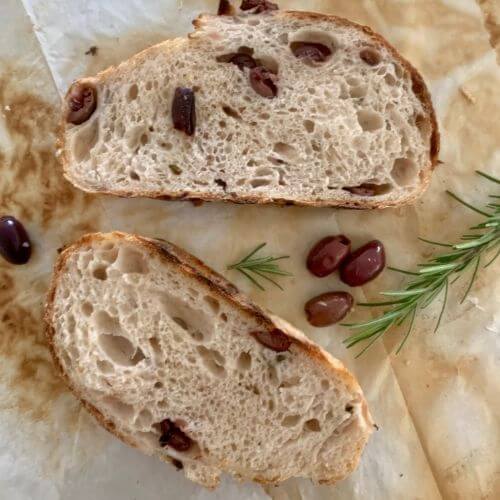
 392 views
392 viewsSourdough Olive Bread
pantrymama.com
3.7
(3)
45 minutes
Your folders
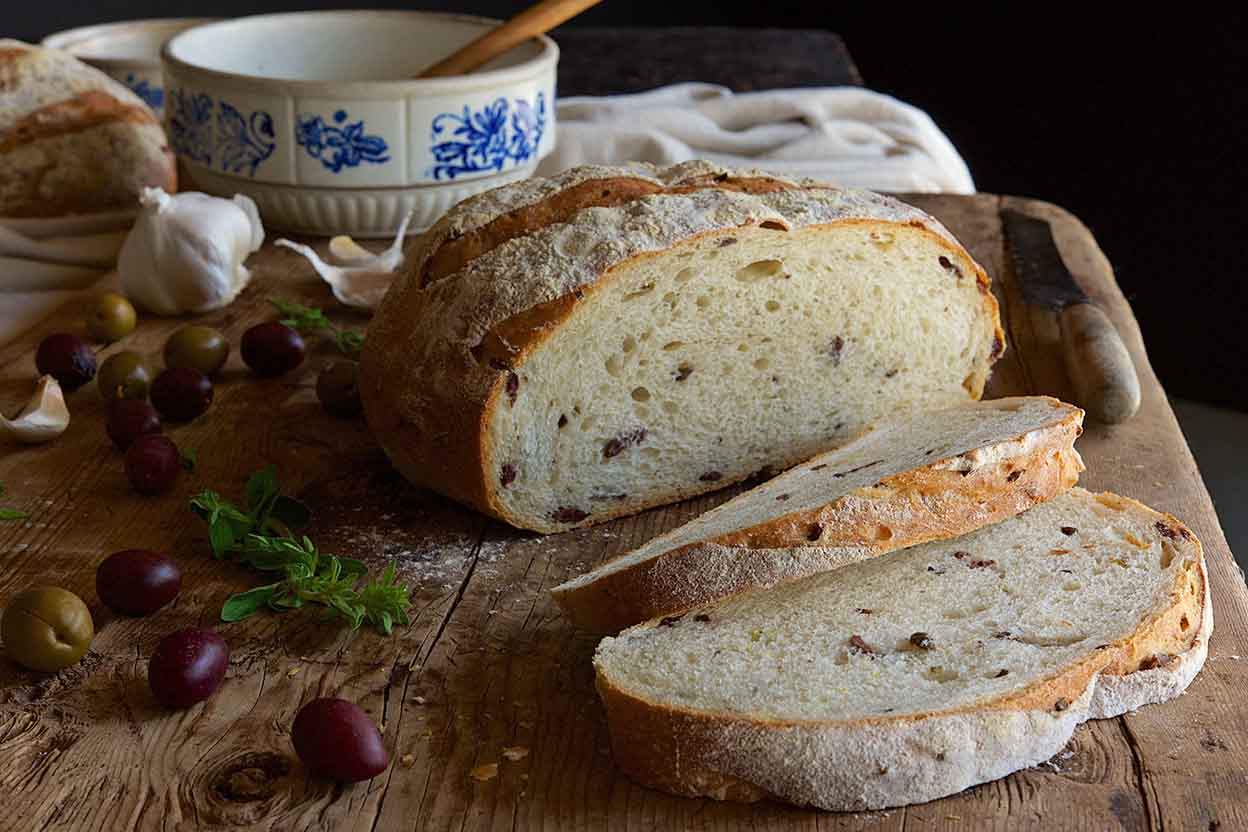
 393 views
393 viewsRustic Olive Sourdough Bread
kingarthurbaking.com
4.8
(68)
30 minutes
Your folders

 516 views
516 viewsParmesan-olive Sourdough Bread
culturesforhealth.com
1 hours, 45 minutes
Your folders

 806 views
806 viewsRosemary Olive Sourdough Bread
feastingathome.com
5.0
(14)
40 minutes
Your folders

 325 views
325 viewsArtisan Green Olive Sourdough Bread
aheadofthyme.com
5.0
(4)
50 minutes
Your folders

 139 views
139 viewsGreen olive and herb sourdough brea...
theperfectloaf.com
1 hours
Your folders
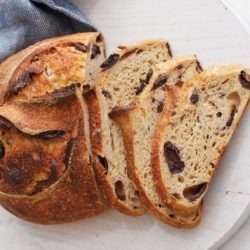
 305 views
305 viewsOlive Rosemary Sourdough
breadtopia.com
40 minutes
Your folders
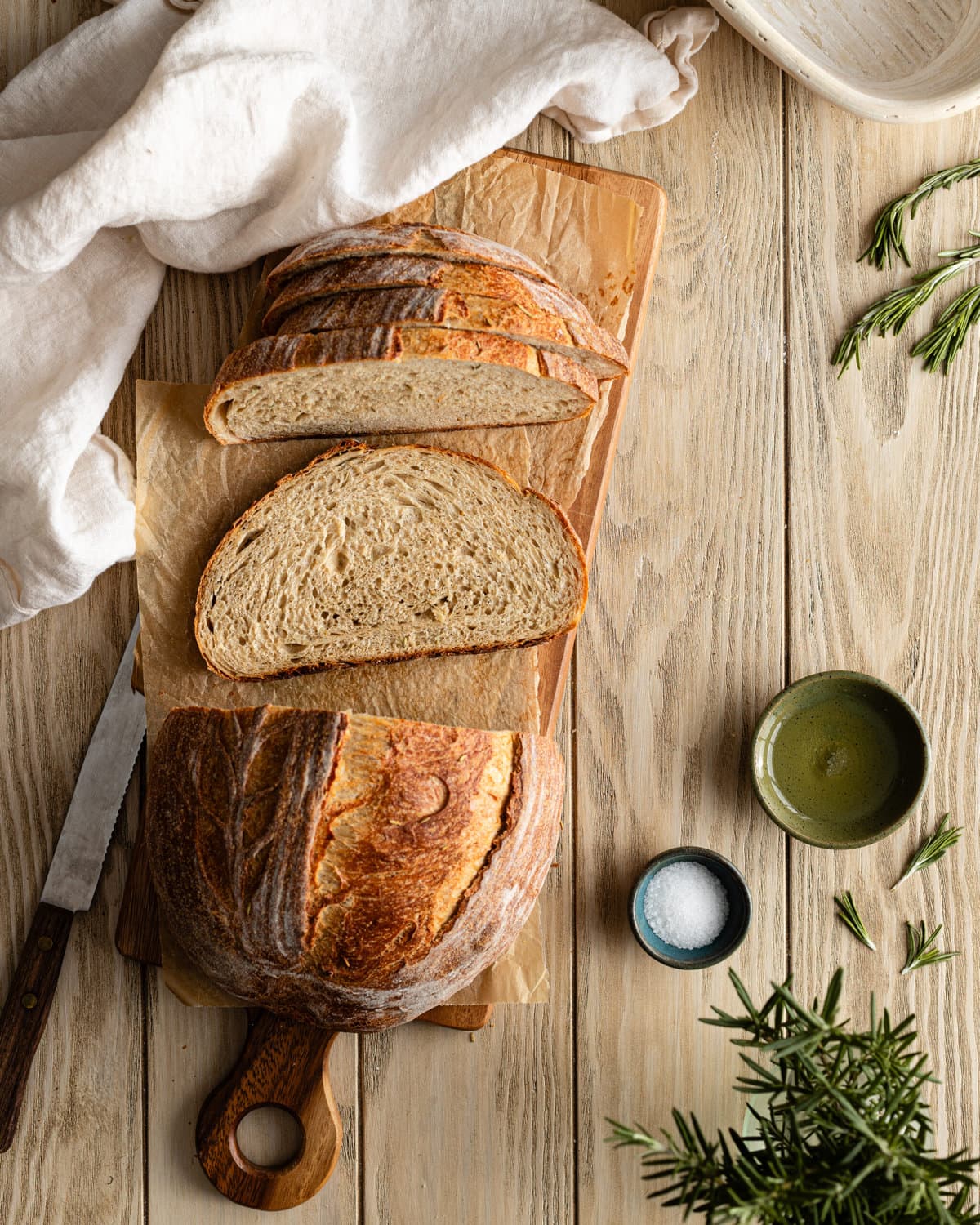
 202 views
202 viewsSourdough Discard Rosemary Olive Oi...
makeitdough.com
5.0
(1)
45 minutes
Your folders

 226 views
226 viewsOlive Bread
allrecipes.com
4.7
(23)
45 minutes
Your folders

 133 views
133 viewsOlive Bread
themediterraneandish.com
5.0
(3)
50 minutes
Your folders
 44 views
44 viewsOlive Bread
themediterraneandish.com
Your folders

 2332 views
2332 viewsSourdough Bread
feastingathome.com
4.9
(468)
13 hours
Your folders
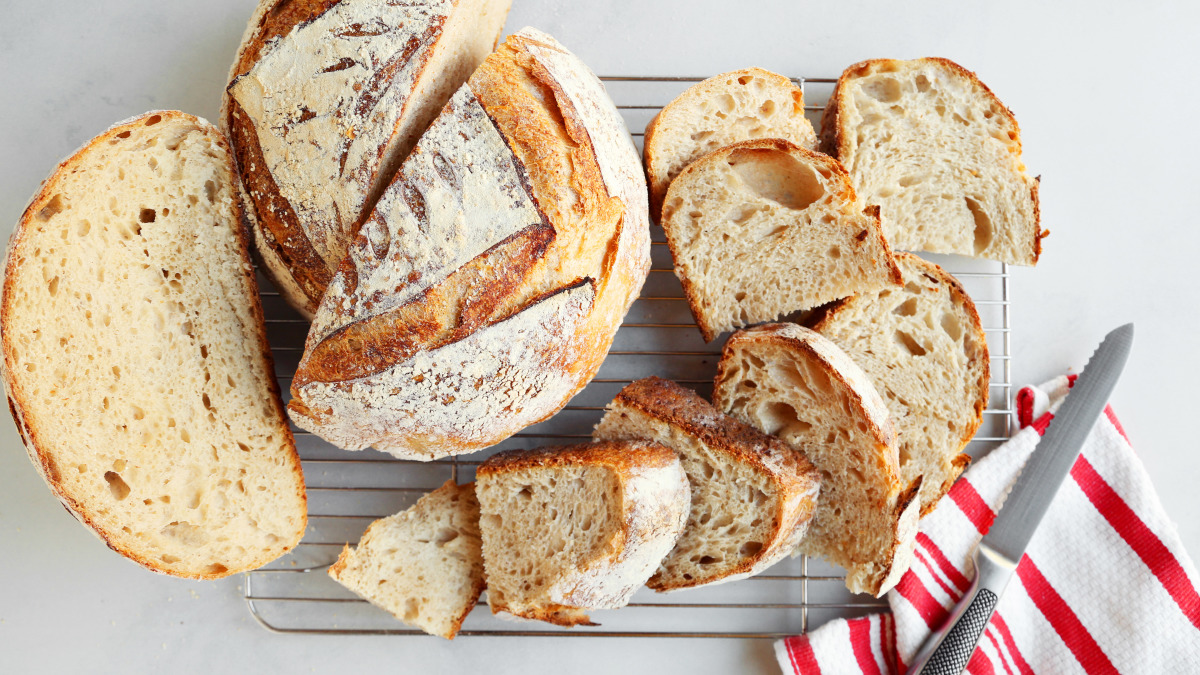
 495 views
495 viewsSourdough Bread
food.com
50 minutes
Your folders
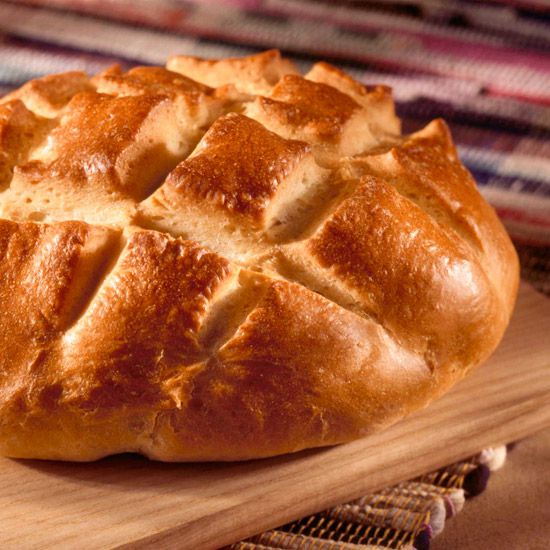
 351 views
351 viewsSourdough Bread
bhg.com
4.3
(20)
Your folders
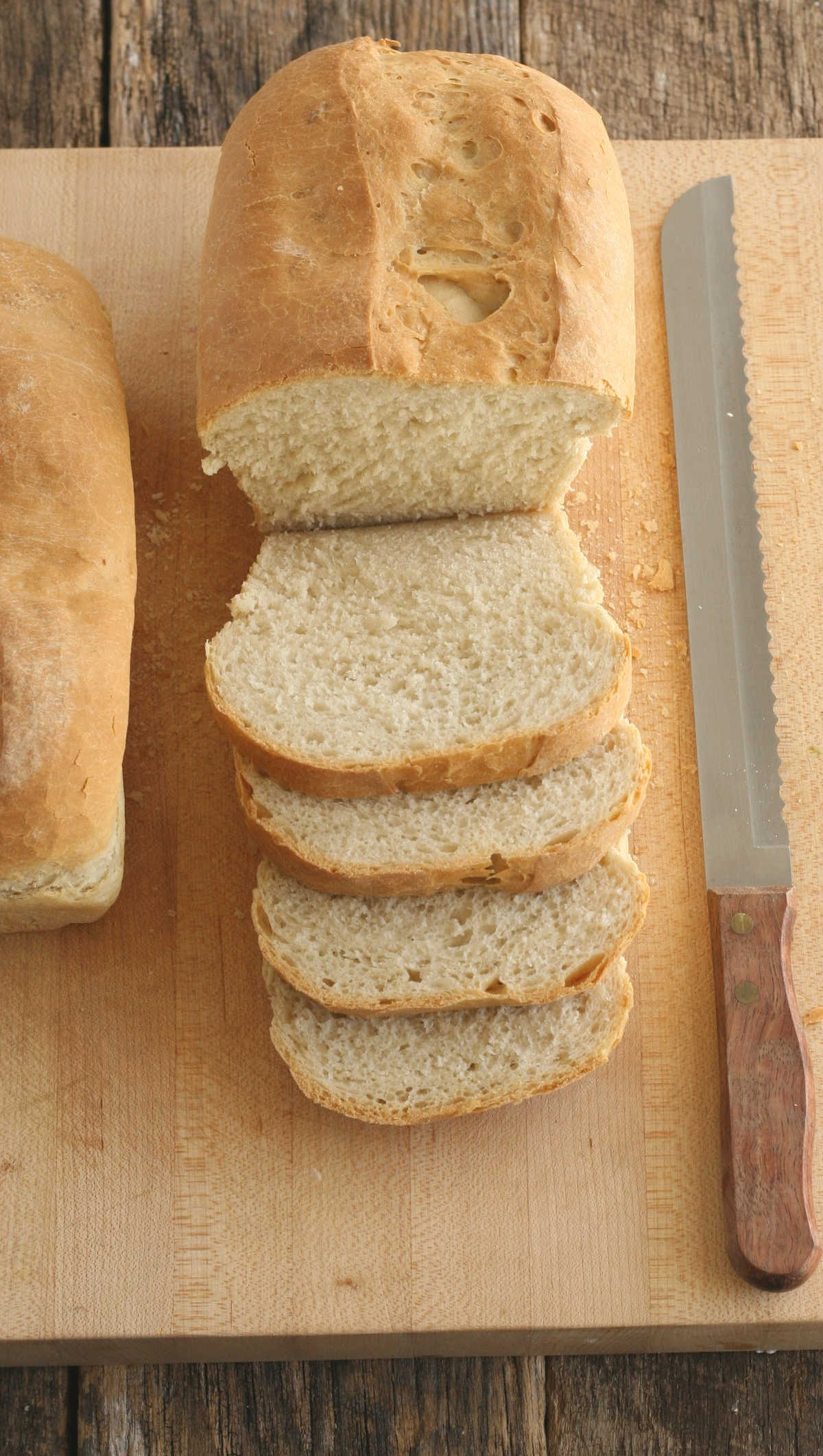
 579 views
579 viewsSourdough Bread
afarmgirlskitchen.com
5.0
(20)
40 minutes
Your folders
 127 views
127 viewsSourdough Bread
afarmgirlskitchen.com
Your folders

 346 views
346 viewsSourdough bread
jamieoliver.com
Your folders
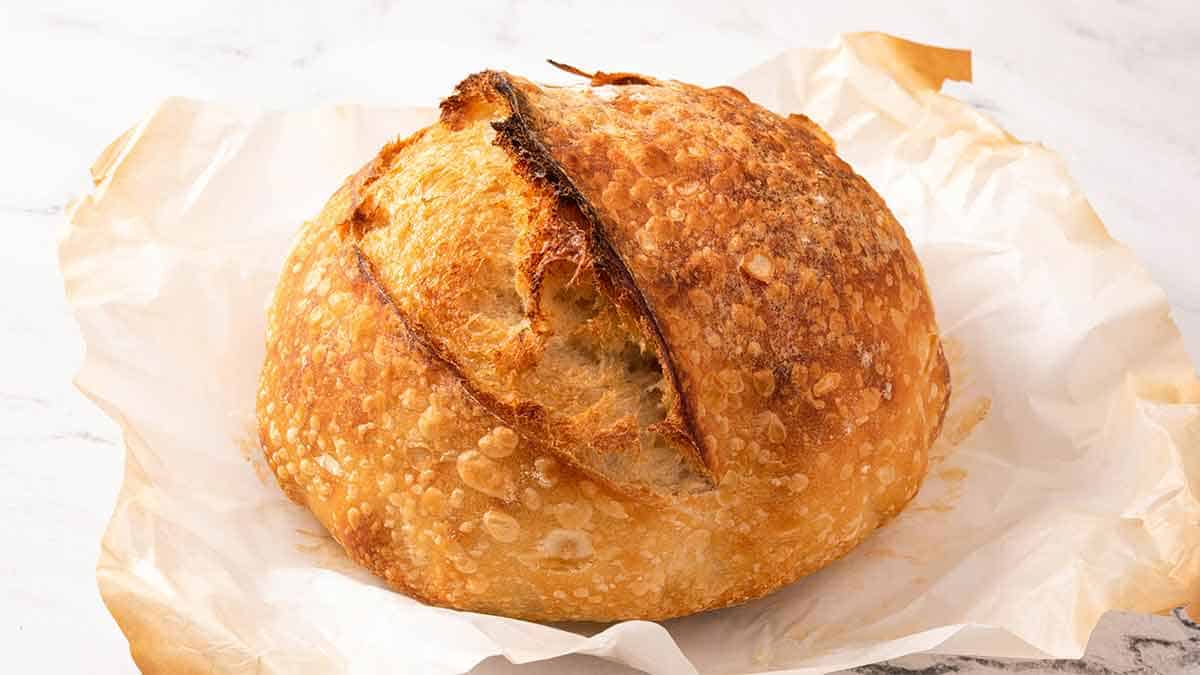
 383 views
383 viewsSourdough Bread
preppykitchen.com
5.0
(8)
40 minutes
Your folders
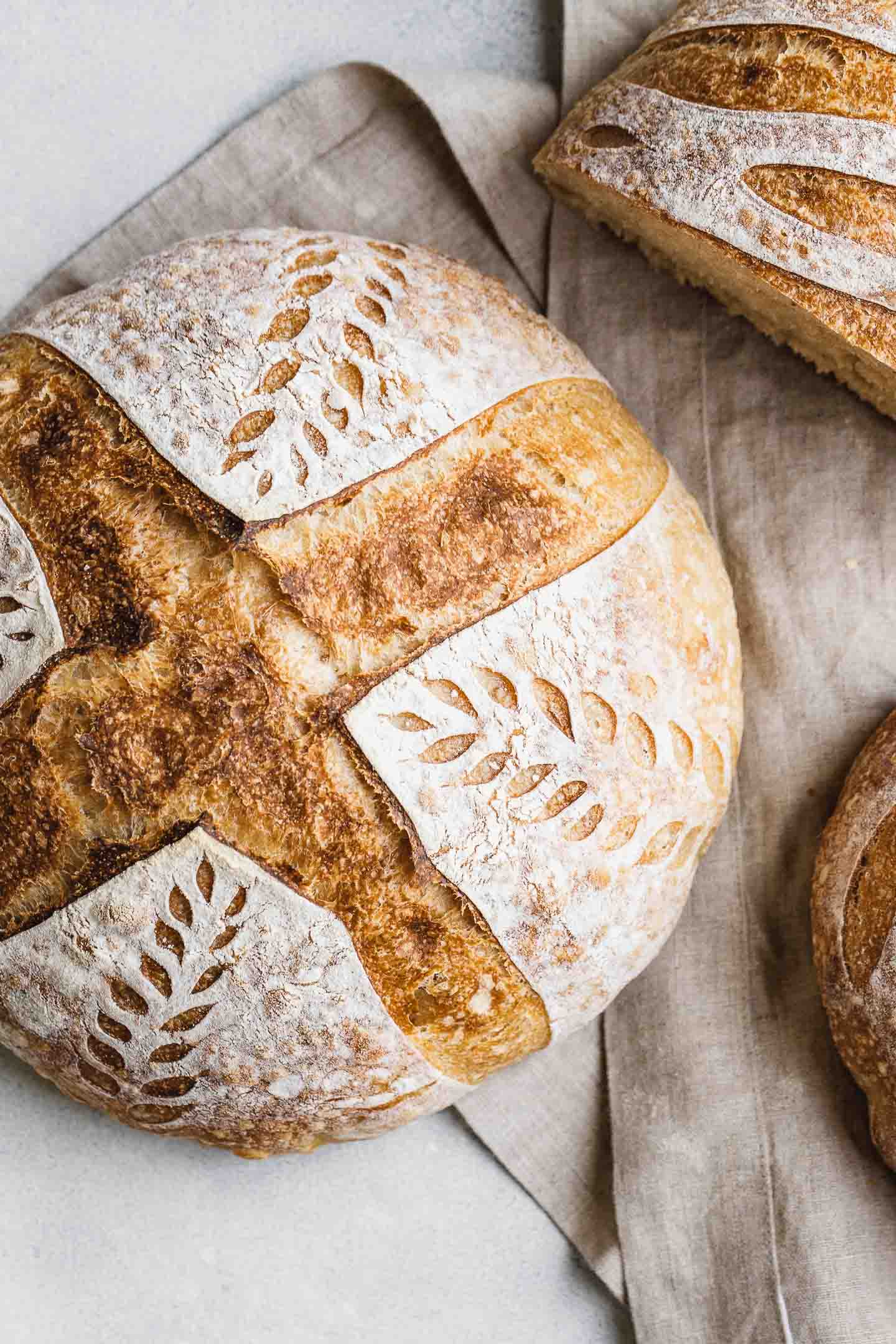
 781 views
781 viewsSourdough Bread
amyinthekitchen.com
4.9
(46)
45 minutes